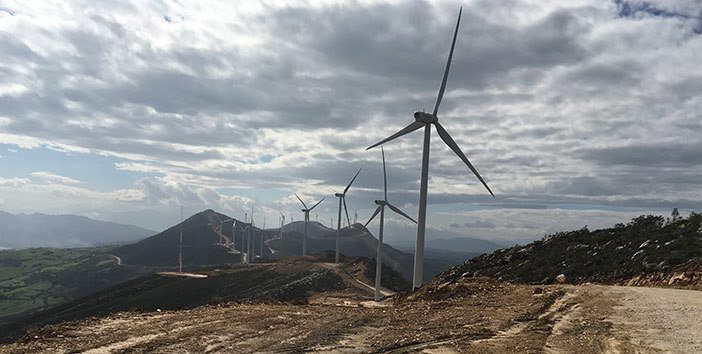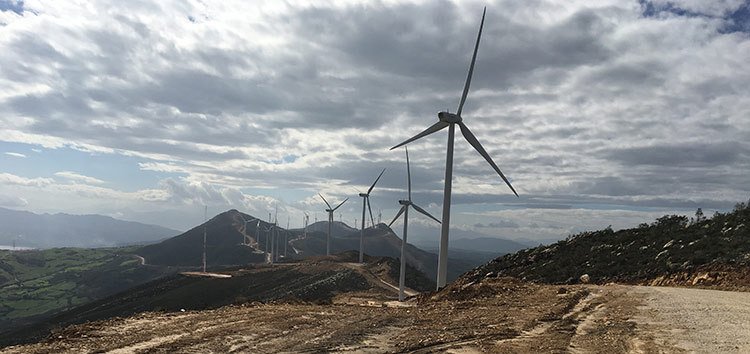Clean Technica
by Joshua S Hill
Continued wind development activity in Africa and the Middle East has helped push the region’s total wind capacity to 5.7 gigawatts (GW) after another 962 megawatts (MW) was brought online in 2018, a 55% increase over 2017 levels.
Khalladi Wind Farm, Morocco
While the Africa and Middle East region is a comparatively small market for wind energy when taken against the Americas, Asia, or Europe, it is nevertheless the focus of considerable attention of late, as highlighted by the latest figures published by the Global Wind Energy Council (GWEC) this week in advance of its anticipated Global Wind Report, the Council’s flagship publication which is due out in April. Specifically, a total of 962 MW was installed in 2018, up 55% on 2017 levels, and GWEC is expecting a further 6.5 GW of new capacity will be added by 2023 — more than double the current regional installed capacity of 5.7 GW.
Further good news for the region is the distribution of new capacity expanded in 2018. In 2017, only 621 MW of new capacity was brought online, and this only in South Africa, despite increased activity in Kenya and Morocco. The Global Wind Energy Council’s predictions that these projects were awaiting grid connection in 2018 came to fruition, as new capacity figures for the region show. Egypt brought online a total of 380 MW, followed by Kenya with 310 MW, and Morocco with 120 MW.
More specifically, Kenya’s 310 MW of new wind capacity was brought online in one hit with the completion in December of the Lake Turkana Wind Power project, while Morocco’s new capacity was similarly brought online at once in July with the completion of the 120 MW Khalladi wind farm in Tangiers, in the country’s northwest. Meanwhile, Egypt’s 380 MW was brought online across several projects under the Gabal Al-Zayt project banner.
“Government commitment in Africa and Middle East is essential for wind energy to progress. Investments in grid and infrastructure are key drivers for growth,” said Ben Backwell, CEO of GWEC. “GWEC is especially watching the development in the Middle East. In January 2019, Saudi Arabia awarded 400MW to build the first commercial onshore wind farm in the Middle East. The bid of 21.30 USD/ KWh proves the competitiveness of onshore wind.”
“After two years with lower installations, Africa and Middle East reached almost 1 GW of new wind capacity, reaching a similar level as in 2015 (983 MW),” added Karin Ohlenforst, Director of Market Intelligence at GWEC. “The outlook is that Africa and Middle East will add more than 1GW each year of new wind capacity. Even though, no new capacity was installed in South Africa during 2018, during the summer state utility Eskom signed PPAs from previous auction rounds. Further, the industry expects the fifth round of the Renewable Energy Independent Power Producers Procurement Program (REIPPPP) to take place during H1 2019.”








